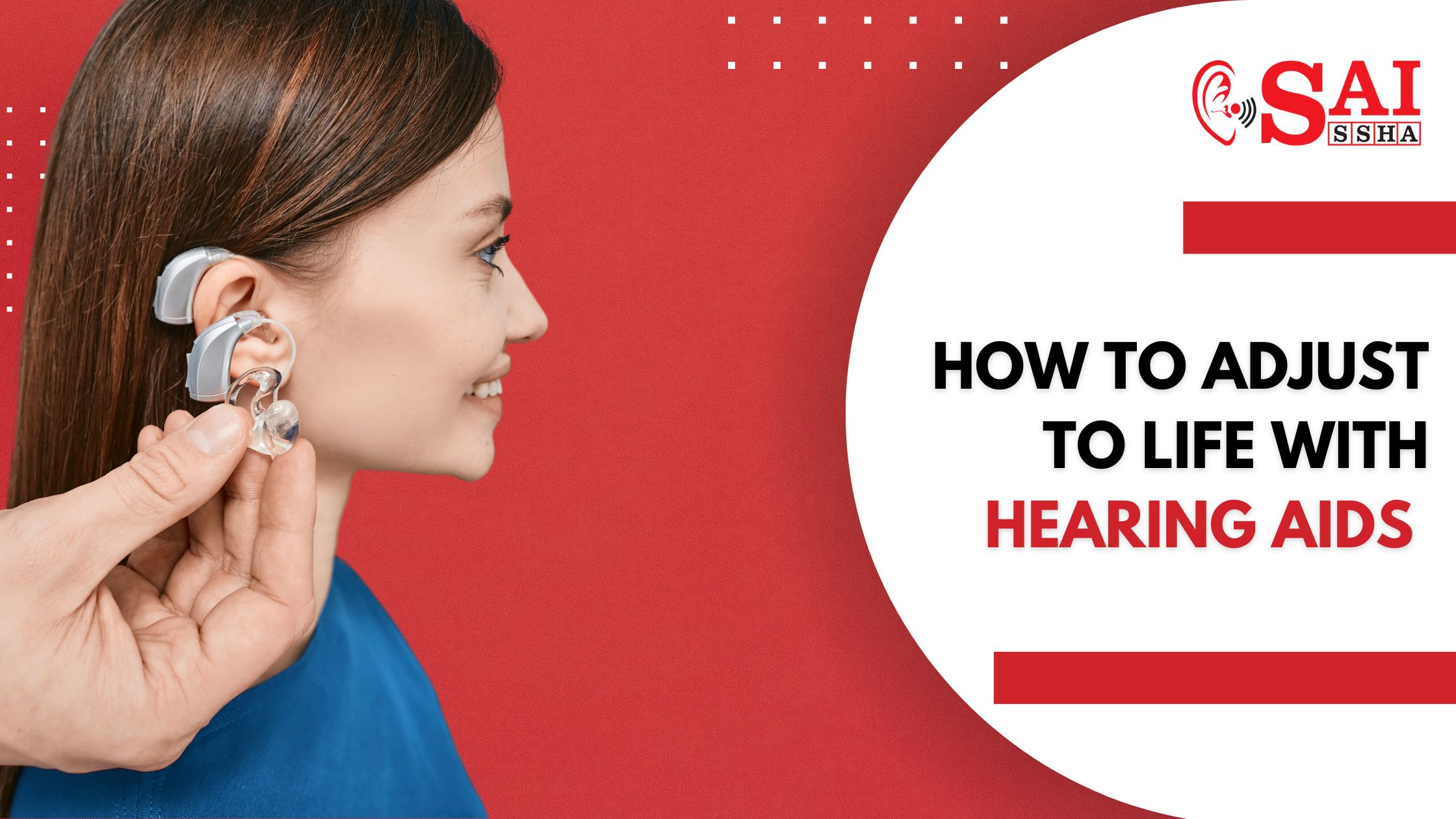

Introduction
Transitioning to life with hearing aids is a significant change, but it doesn’t have to be overwhelming. With a few helpful strategies, you can quickly adapt and make the most of your new devices. Whether you’re a first-time hearing aid user or just looking for tips to enhance your experience, here are some practical ways to make the adjustment smoother.

Give Yourself Time to Adjust
Adapting to hearing aids is a gradual process that requires patience. When you first start wearing them, you may notice an overwhelming amount of new sounds, some of which you haven’t heard in years. This can be exciting but also tiring as your brain works to process and make sense of these noises. It’s normal to feel a little uncomfortable at first, so it’s important to ease into wearing your hearing aids. Start by using them for a few hours each day in quiet environments, and gradually increase the time as you become more accustomed to the sounds. Giving yourself time to adjust will help make the transition smoother and less stressful. increasing the time as you become more comfortable.
Start with Familiar Sounds
When you first begin wearing hearing aids, it’s important to ease into the experience by focusing on sounds that are already familiar to you. These could include your own voice, household noises like the hum of the refrigerator, It’s common to notice that your own voice may sound different at first, often louder or more resonant, which can feel strange. This is due to the amplification provided by the hearing aids. To help your brain adapt, practice speaking out loud in a comfortable setting, such as reading aloud or having conversations with close family members. Over time, this will make the adjustment process feel more natural and will help you build confidence before moving on to more complex sound environments.

Practice in a Variety of Settings

Use Technology to Your Advantage
Modern hearing aids are equipped with advanced technology that can significantly enhance your hearing experience. Many devices now come with Bluetooth connectivity, allowing you to pair your hearing aids with smartphones, tablets, TVs, and other electronic devices. This means you can stream phone calls, music, and even television audio directly to your hearing aids, making it easier to engage with media without background distractions. Additionally, many hearing aids have smartphone apps that enable you to adjust settings, switch between hearing programs, or check battery levels with just a few taps on your phone.
Conclusion
Adjusting to life with hearing aids takes time, patience, and practice. By gradually increasing your wear time, exploring different sound environments, using modern features, and staying connected with your audiologist, you can make this transition as smooth as possible. Embrace the journey, and soon your hearing aids will feel like an essential, empowering part of your daily routine.